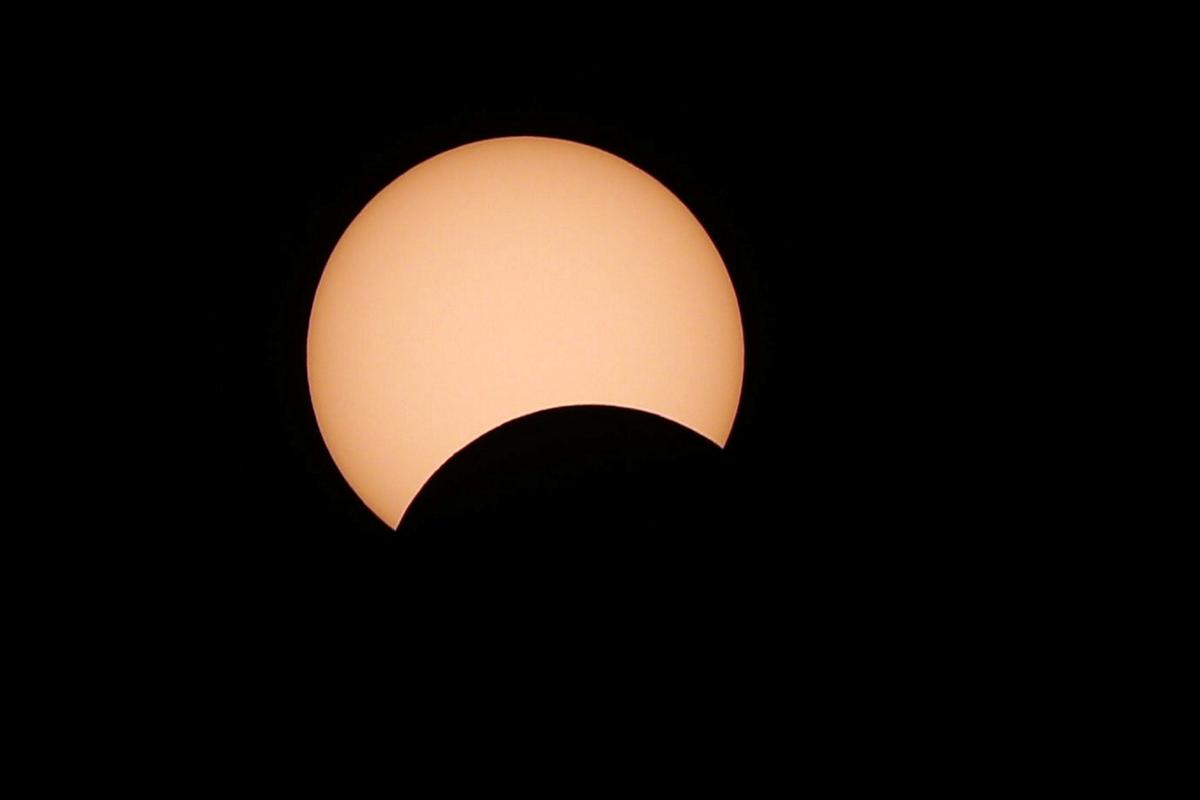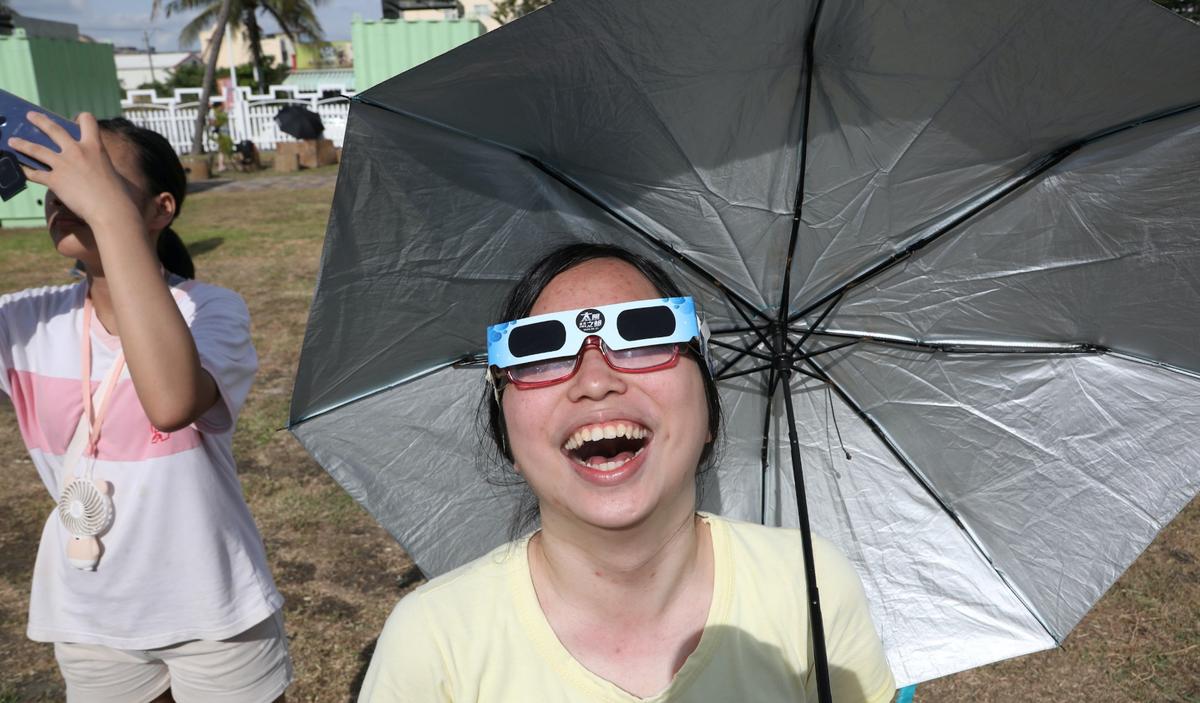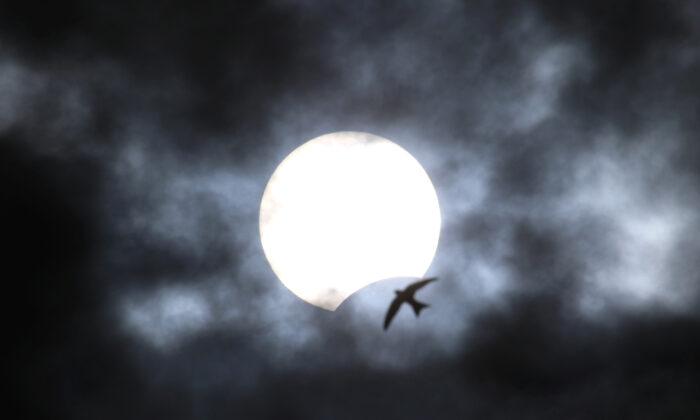CHIAYI, Taiwan—A shimmering ring of light flashed into view on Sunday in parts of the eastern hemisphere as the moon drifted across the face of the sun in a rare eclipse on the longest day of the year.
The path of the eclipse spanned East Asia, South Asia, the Middle East and Africa. Most locations saw only a partial eclipse, with just a handful witnessing the true “ring of fire.”

Unlike in a total eclipse, the moon in an annular, or ring-like, eclipse is unable to completely cover the sun, leaving a thin halo of light at its maximum phase.
Such an eclipse happens when the moon is farther away in its elliptical orbit around the Earth, appearing smaller as a result.

Hundreds of skywatchers gathered in an open space in Chiayi in southern Taiwan, one of the locations in Asia where the annular eclipse was visible.
“I’m more than 50 years old, so it’s great that I could see this,” said retiree Zhuang Yuhui, 56, who travelled to Chiayi from nearby Taichung city.
“I’m beyond excited.”
In Taipei, groups of people gathered to view the eclipse through tinted glasses and their phones as the sky turned eerily darker.
“It’s an astronomical miracle,” said Elisa Chen, 29.
Solar eclipses on the summer solstice are rare. The last one was in June 2001.
But a “ring of fire” eclipse that falls exactly in midsummer—whether in the northern or southern hemisphere—is even more uncommon.
There have been none in at least 100 years, according to Reuters calculations based on NASA data.
The next one is in 2039, and then in 2392.






Friends Read Free